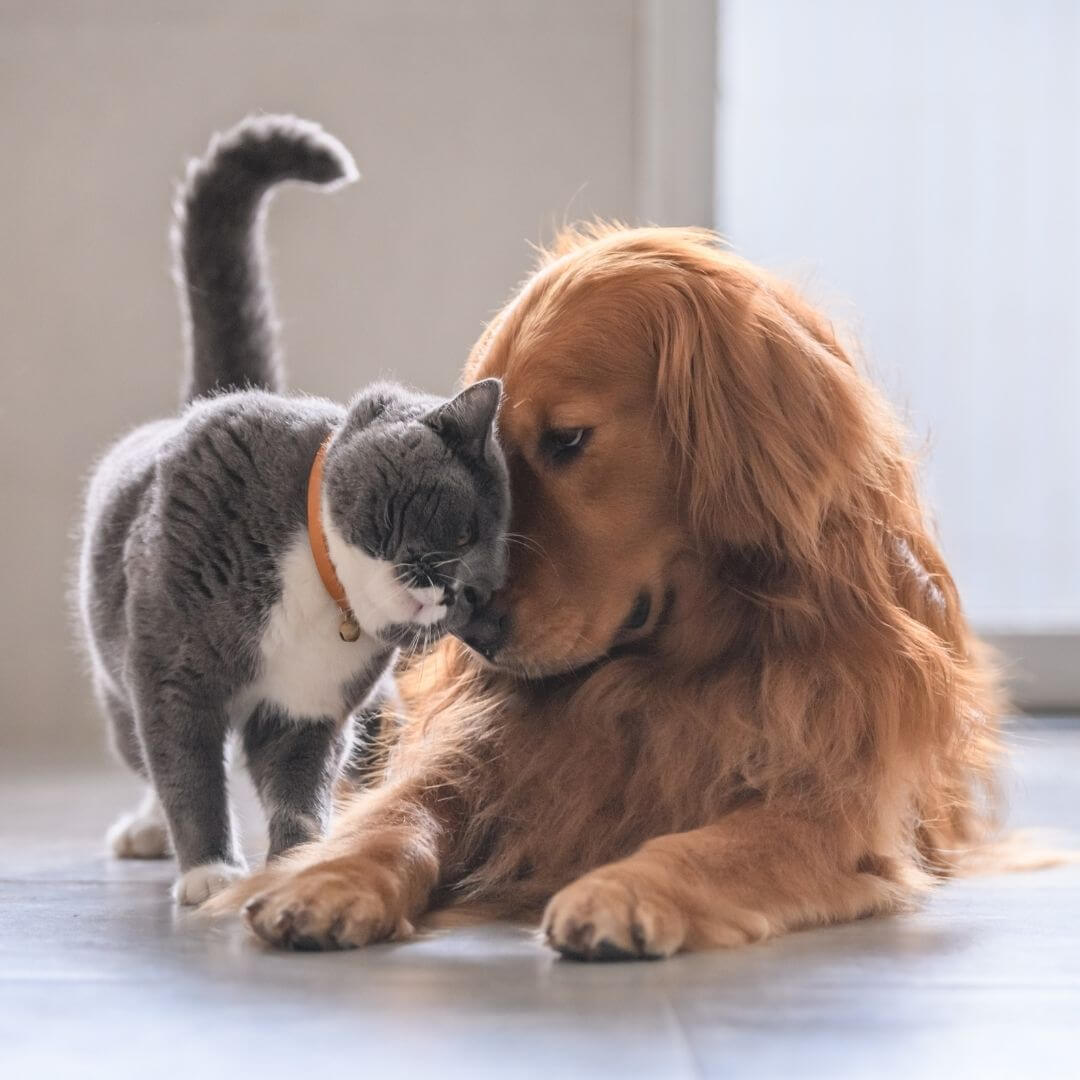No Products in the Cart
FREE DELIVERY on orders over £50

Have a dog over 7 years old? - They qualify for FREE membership to our Senior Dog Club
|

Have a dog over 7 years old? - They qualify for FREE membership to our Senior Dog Club

August 31st, 2022
This blog is all about the nutritional differences between cats and dogs. Although it’s more common to see a dog trying to steal cat food (for reasons we’ll discuss below), occasionally owners will ask us if it’s okay if their cat eats dog food.
Whilst the odd treat or piece of dry food (kibble) won’t do any harm, there are some large differences between the nutritional needs of cats and dogs and feeding the wrong diet can have severe health consequences.
Let’s talk about taurine first. Taurine is an essential amino acid for cats. Amino acids are the building blocks that make up chains and structures to form different proteins. Some amino acids can be made in the body, but others must be obtained from food. Amino acids that must be acquired from food are called ‘essential’ amino acids. Dogs can create their own taurine from other amino acids in their body, but cats cannot do this. Therefore, one reason cat food is different from dog food is the addition of taurine.
A deficiency of taurine can lead to reproductive problems, degeneration of the retina in the eyes and heart disease (dilated cardiomyopathy) leading to death.
Occasionally taurine is added to dog foods too, you can read more here.
Vitamin A is needed for vision, bone growth, reproduction and for skin health.
Plants and vegetables contain phytonutrients (plant chemicals) called carotenoids, these are synthesised by plant cells. Carotenoids can be converted by dogs into Vitamin A in their body. However, cats lack the enzyme needed to convert carotenoids into Vitamin A, this means they must eat animal products to get a source of preformed Vitamin A.
Dietary fat is an essential source of energy in the form of calories. Fats are comprised of molecules called fatty acids and these individual fatty acids have their own important roles in metabolism and structure, for example maintaining the waterproof barrier of the skin.
Some of the most well-known fatty acid groups are omega 6 and omega 3 fatty acids. Similarly, to essential amino acids, essential fatty acids are ones that must be obtained from the diet. Both dogs can cats require their food to supply omega 6 fatty acids in the form Linoleic Acid (LA), however dogs can convert this to another omega 6 called Arachidonic acid (AA), whereas cats cannot do this and need a dietary supply. AA is found in animal products such as meat, eggs and fish. A deficiency of AA can lead to poor skin and coat health and reproductive problems.
Cats also require a diet higher in overall protein than dogs. For adult cats the minimum recommended amount of protein is 25% on a dry matter (DM) basis and for dogs it is 18% DM.
Arginine is an essential amino acid for both dogs and cats, however cats seem to be more severely affected than dogs by a deficiency. It is reported that within hours of eating just one meal deficient in arginine it is enough to cause vomiting, muscle spasms, weakness and death in cats. Arginine is found in meat, fish, dairy, grains and seeds.
Therefore, if a cat eats dog food as it’s main meal it could easily become deficient in taurine, Vitamin A, protein and arachidonic acid. Additionally, vegan and vegetarian cat foods need to contain added nutrients such as taurine, preformed Vitamin A and arachidonic acid that would normally only be found in animal products.
If a dog eats cat food, the most likely result is obesity, or an upset stomach. Cat food is usually higher in meat or fish to ensure it contains more protein and enough essential amino acids. The higher meat content often means the fat content is also higher (making it tasty to dogs) and both protein and fats are sources of calories.
For the best nutrition for your pet, it is therefore best to stick to species appropriate foods.
What our customers say
Read our reviewsDelivered to your door
FREE DELIVERY on orders over £50What’s in our food?
Find out more about recipes and ingredientsVet Know-how
Read our helpful expert tips





